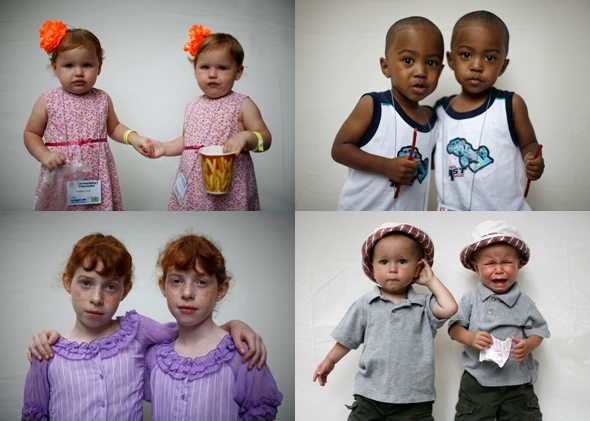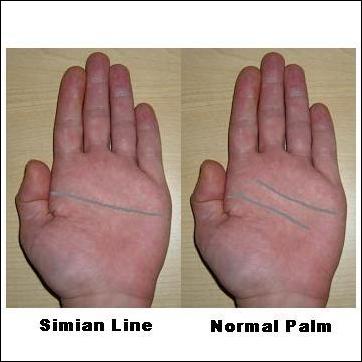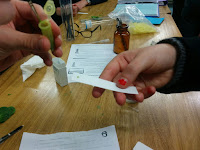How is HIV
transmitted?
- 1) Contact with blood of HIV infected person through cuts in the skin (also through shared injection needles
- 2) Breast milk
- 3) Semen and vaginal fluids
History of the
disease:
A person gets infected
with the HIV virus. 1-2 months after infection, the person gets an infection
with fever, headache or rushes. Afterwards, the HIV can stay dormant inside
host cells for many years. After around ten years, the immune system is so weak
that small infection can already be life-threatening. This stage is called
AIDS, when the HIV viruses have killed so many CD4 host cells that there are
less than 200 CD4 cells per mm^3.
Basic structure:
Life cycle:
At first, a person is
infected either via another person that is infected with HIV. The HIV virus searches for a host cell in the
human blood. This is the CD4 cell, a white blood cell. The HIV virus goes into
the the host cell by docking on to a receptor and using endocytosis to enter
the cell. There, by reverse transcriptase, it converts its RNA into DNA, which
can then enter the nucleus. In the nucleus, the DNA of the virus inserts itself
into the cells DNA and thus is transcribed and translated. Thus, proteins are
produced for new HIV in the cell. The newly created cells, together with HIV
RNA exit the cell by budding of and form new HIV cells.
The effects of HIV on
the immune system:
The HIV virus kills
the white blood cells, called CD4 cells, which help to protect the body from
diseases. Through the progressing destruction of these CD4 cells, the immune
system becomes weaker and weaker. When infected, the person will develop a
small infection after 1-2 months. In the following years, the HIV can be
passive and be dormant in the host cell. After 10 years, the immune system is
so weak that a small infection can kill the person.
Why can the body not
get rid of HIV?
Because the HIV takes
a host cell to replicate, because it does not have an own metabolism. It takes
the CD4 cell to replicate inside its DNA. This means, that antiviral drugs
would have to aim to kill these CD4 cells, to kill HIV, but through this they
would destroy the majorly important CD4 cells, which are part of the immunity
of the body.
Why does nobody die
directly after an infection with HIV?
Because at the
beginning, the HIV has to replicate, because there are too little viral cells
to be able o cause much damage to the immune system. Thus, as soon as the HIV
viruses enter the body, they will hide in the host cell. Throughout the course
of the 10 years of infection, the viruses will slowly destroy their host cells,
which can then not anymore defend the body from the HIV virus. Thus, after
10yars the body is finally to weak to fight against HIV.
Opportunistic
infections which can lead to death in weakened immune systems:
Salmonella, Pneumonia,
bronchitis
Cancers:
Invasive cervical
cancer, non-hodkin lymphoma, anal-, liver and lung cancer
Other symptoms:
Fever, chills, rush,
mouth ulcers, night sweats, swollen lymph nodes, muscle ache, sore throat
Tests:
A laboratory test,
whichtests for HIV antibodies and antigens in the blood is conducted. There is
a window period in the first 4 weeks, where you cannot detect HIV infection in
your blood, but after 6-8 weeks the reliability of the test increases.
Treatments:
In different stages,
different antiretroviral therapy(ART) is done. A combination of 2 are taken in
each stage (called antiviral regimen). The drugs are also called
antiretrovirals (ARV):
For stage 1: Entry
inhibitors (before virus enters host)
Stage 2: Fusion
inhibitors (stop virus from being docking on to receptor)
Stage 3:
non-nucleoside reverse transcriptase inhibitors, nucleoside reverse
transcriptase inhibitors (stopping virus from converting into DNA)
Stage 4: Integrase
inhibitors (Stopping virus from joining cell DNA)
Stage 5: protease
inhibitors (stopping viral proteins from being produced)
Vaccination:
There is no
vaccination on the market yet but scientists are working on it.
Prevention:
Getting tested
Know the sex partner’s
HIV status
Use condoms
Don’t inject drugs
Take pre-exposure
prophylaxis
Social implications of
for infected (voluntary or mandatory):
Stigmatization and
discrimination of HIV: Many people refer to it in a prejudiced way and have
negative attitudes towards people who have HIV. People can be afraid because of
fear of contagion. The infected have a low reputation because many people don’t
approve of their sex life or habits (drug use).

























